|
We would like to give you the report on our fishing and hunting in Bolivia in June 10-17, 2018. |
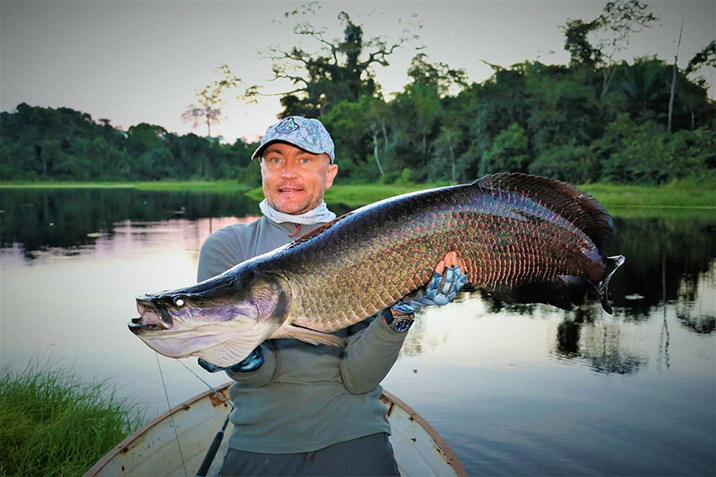 |
|
Our regular clients asked me to organize an interesting and unusual fishing and supplement it with hunting. When choosing a country for this trip, I’d been analyzing possible options and as these clients had been to different countries with us before and the dates of our trips had always been rigidly defined, I decided to go to Bolivia this time. |
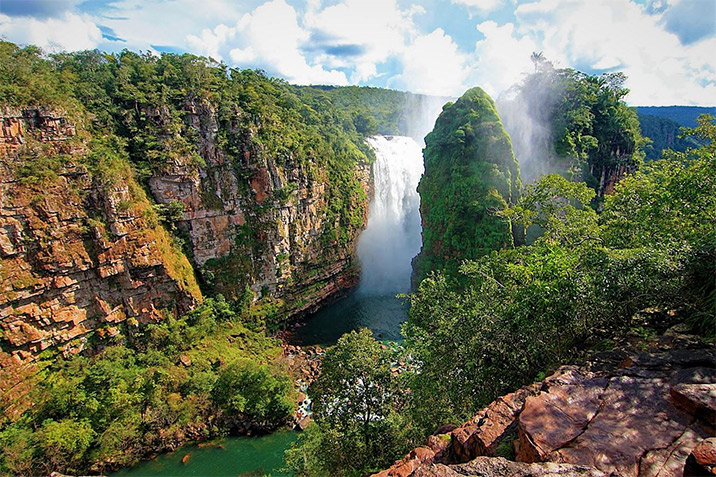 |
|
In my opinion, Bolivia is one of the most beautiful countries of Latin America. |
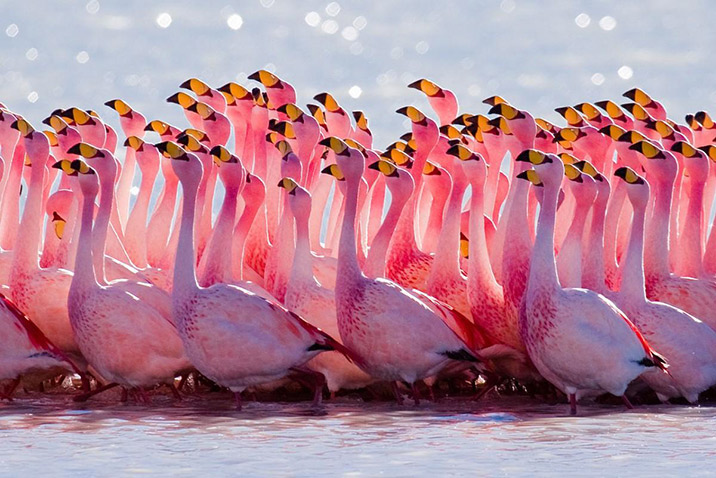 |
|
Americans and Europeans need visas to come to Bolivia, that’s why the number of tourists here is not so great. |
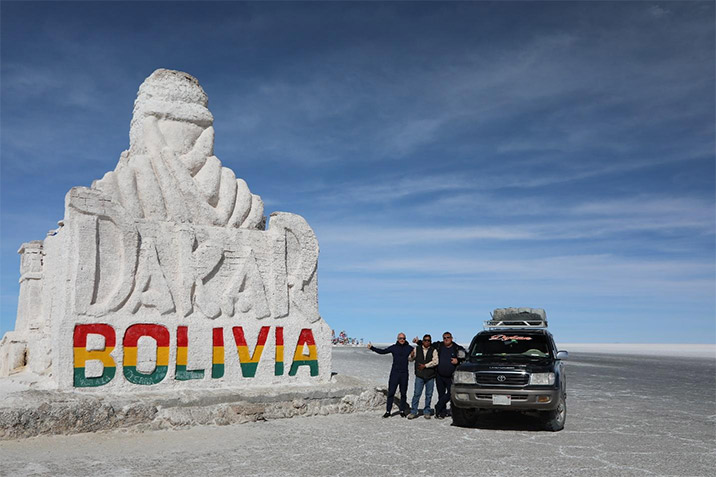 |
|
We usually arrange expeditions around the Altiplano and to the Salar de Uyuni, but this time we headed towards the jungle part of the country belonging to Amazonia. |
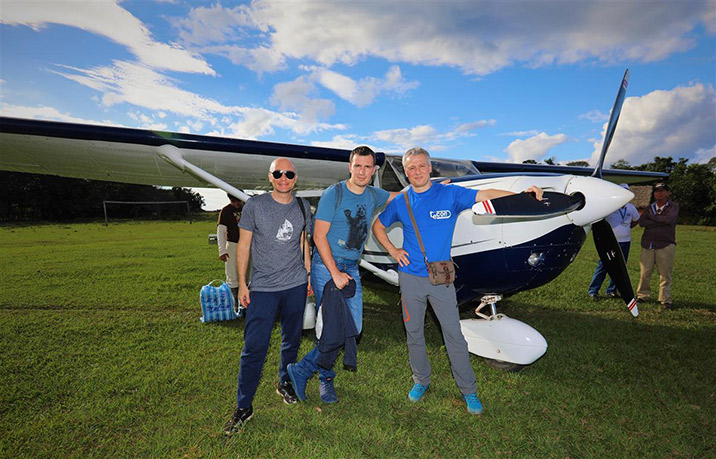 |
|
We were aimed at the arapaima, which is called “paiche” in Bolivia. The fish is considered a “living fossil” and it’s a really rare trophy seldom found in the wild. The arapaima is one of the largest freshwater fish in the world, the length of it is up to 2 meters, but some fish can reach 3 meters, and they say that there have been registered specimens of 4.5 meters long. |
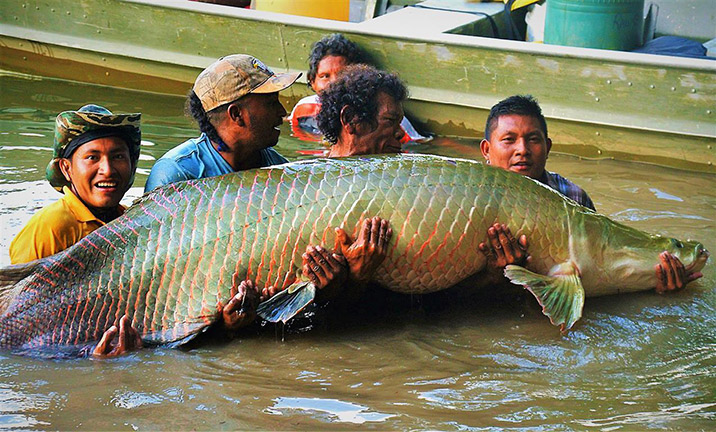 |
|
The maximum weight recorded is 200 kilos and the world record according to the IGFA data is 154 kilos. So far, we have not been able to surpass this record, but in Bolivia and Brazil we know the locations where huger specimens can be found, and I have experienced bites of such monsters myself. |
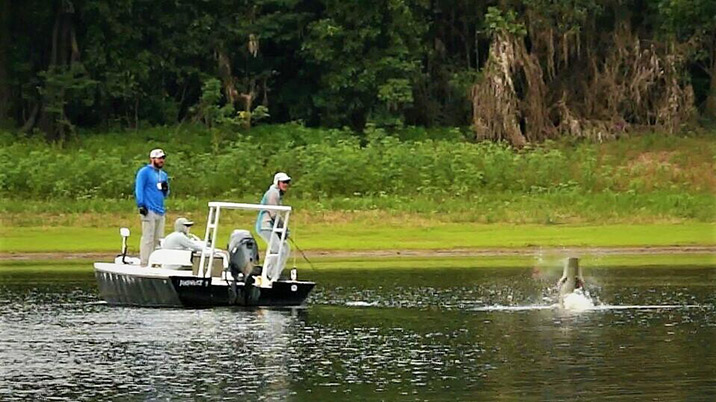 |
|
One of the amazing features of this fish is an incredible toughness of its large relief scales, the elastic modulus of which is 10 times higher than bones. Thanks to the multi-layer composite structure of its scaly cover, the arapaima has adapted to survive in the society of piranhas, staying with them in small ponds separated from the river in the time of drought. And we fish exactly in the lagoons and not in the mainstream of the river. |
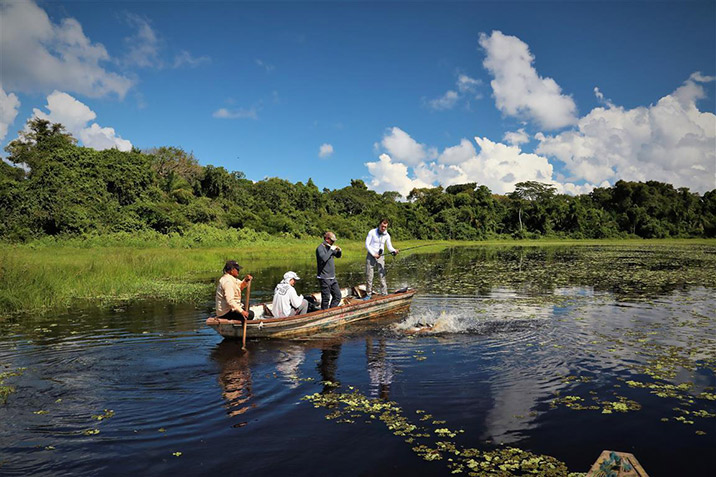 |
|
This predator feeds on fish mainly and on occasion, on small animals and reptiles. The arapaima hunts predominantly at the water surface. It can breathe the atmosphere air due to the lung-like tissue of the dense network of blood vessels which lines the pharynx and the swim bladder. This ability has been acquired because of the low oxygen content in the waters of the Amazon. |
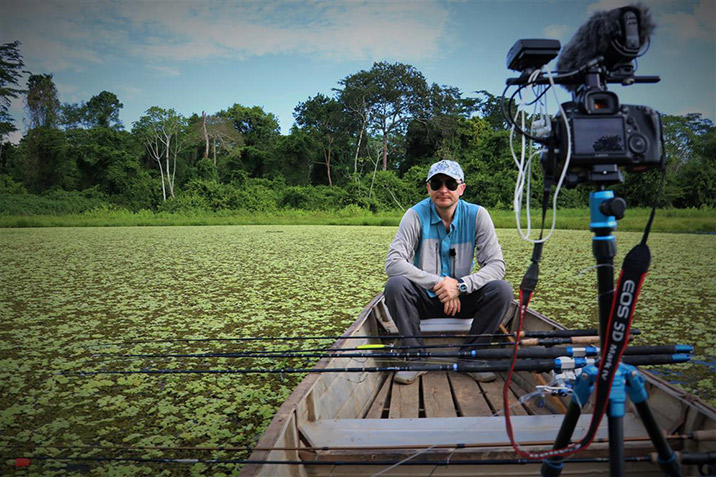 |
|
Thus, the arapaima is able to survive the drought, gulping the air and burrowing into the silt and sand of the marshes. It floats to the surface every 10-20 minutes and the sound of the arapaima gulping the air can be heard at a great distance. |
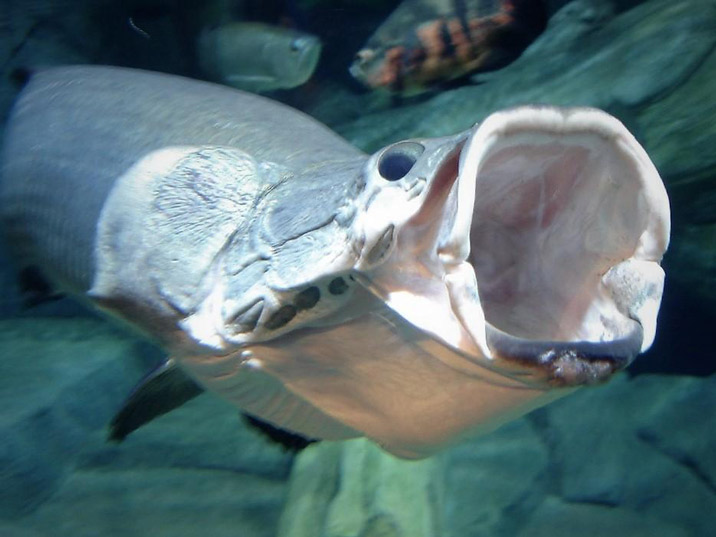 |
|
There are few places on our planet where it is possible to be aimed at fishing for this “dinosaur coeval”. I think, today only in Brazil, Guyana and Bolivia there can be found some regions with the high density of the arapaima. |
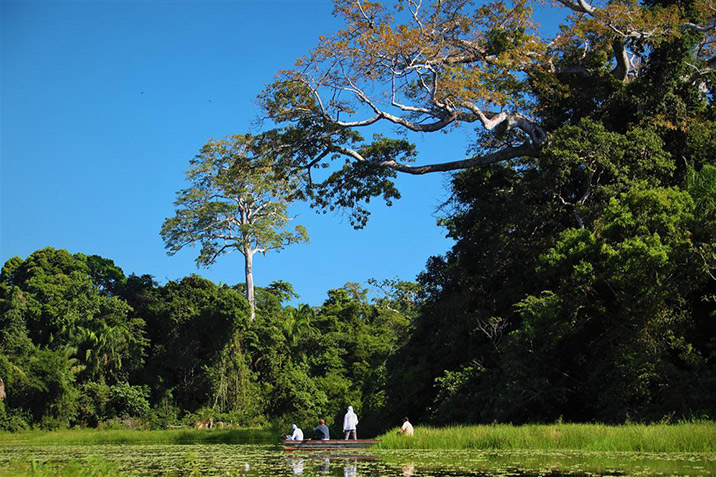 |
|
The most beautiful lagoons we were fishing in were rich in hundreds of the fish, but nevertheless, it was not so easy to catch the arapaima and we had to experiment with various leads, hook sizes, baits and try different fishing techniques. |
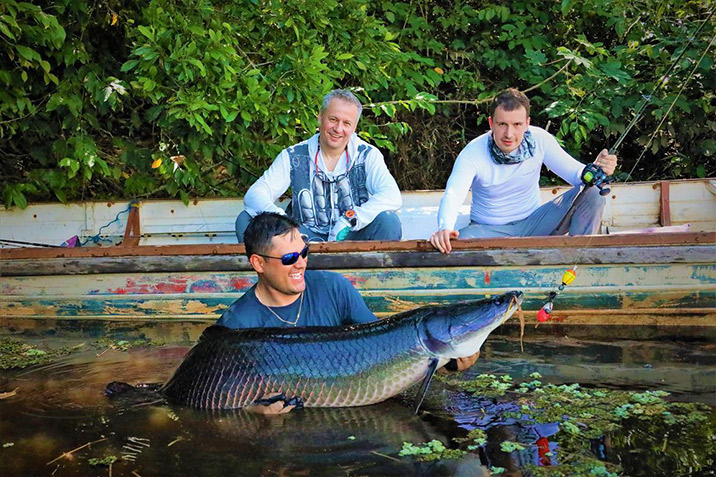 |
|
Our efforts crowned by success and we managed to catch 6 specimens, the largest one was 170 cm long. And there were a lot of break offs which occurred especially while the fish was jumping out of the water. |
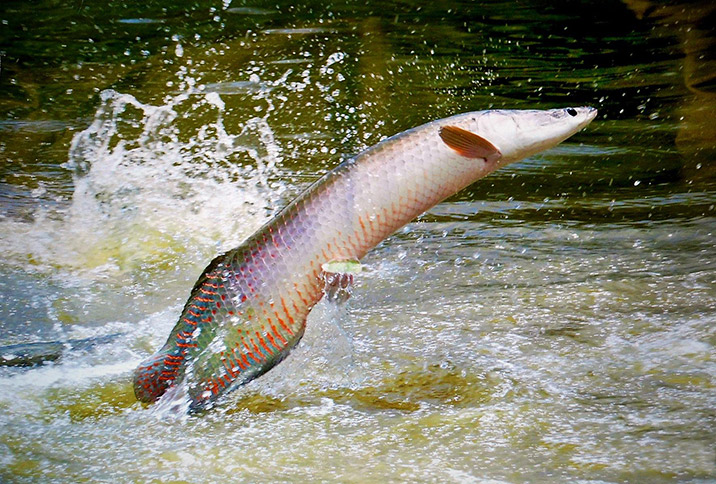 |
|
The arapaima fights vigorously and the largest specimens strive to go under the floating islands or in the thickets of grass, and it’s practically unrealistic to pull them out. We had to use quite powerful spinning rods and braided fishing lines with the test of 80-100 lb in order to suppress all the attempts of the fish to escape into the natural shelters which the water area abounded in. |
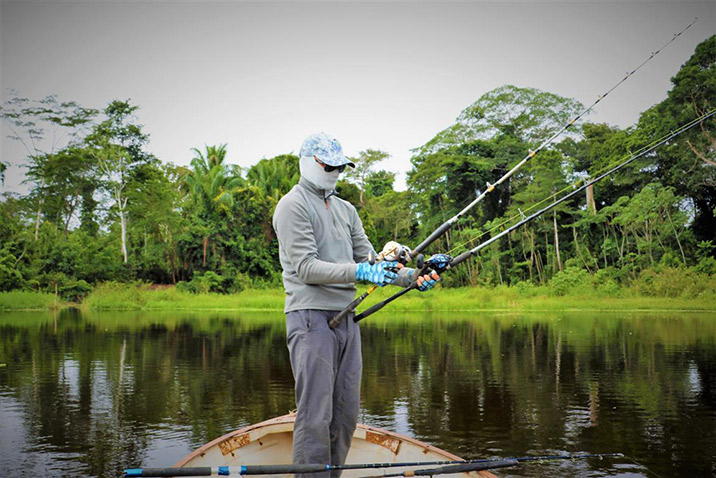 |
|
During our fishing trips we always pay great attention to camp cuisine. This time, the local Indians brought us the main delicacy of the Amazonian jungle called paca. |
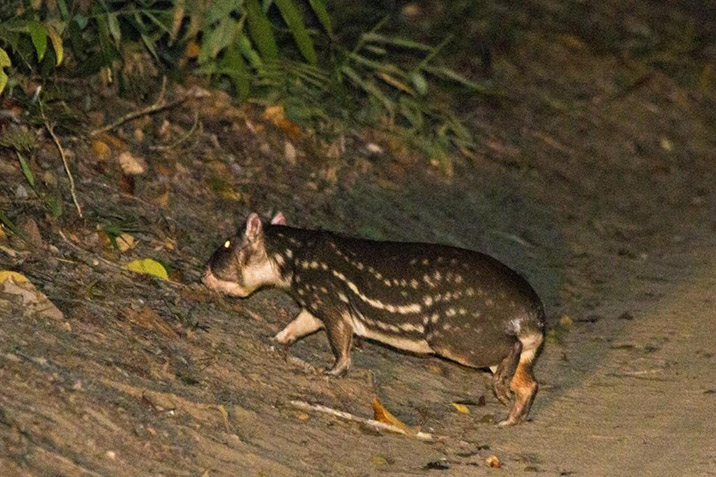 |
|
The paca feeds on plant food. Each night it eats a lot of grass, fruits and does not miss the opportunity to feast on maize or sugarcane in the fields. If you block its way to the hole, the paca rushes to the nearest pond and as soon as it reaches the water, it is no longer possible to catch it. Its ears and nostrils close under the water. It swims perfectly, dives and runs along the bottom like a real water animal and always escapes from its pursuers. |
 |
|
Fortunately, the population of these animals is not endangered in Bolivia and they regularly get on the table of the local hunters. From a gastronomical point of view, it is a real delicacy. Nothing compares to the delicate taste of paca. |
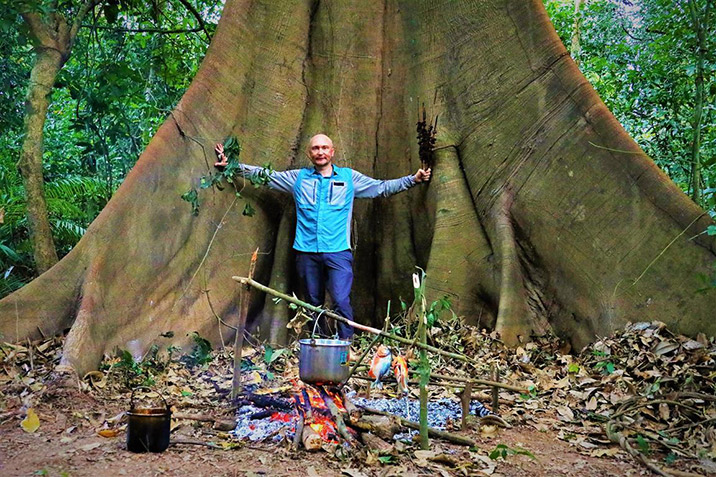 |
|
During our picnics we cooked arapaima soup, roasted piranhas, baked fish in the banana palm leaves, and drank local wines which impressed us greatly. I would have never thought that there are wineries in Bolivia that can compete with the leaders in this industry from Chile and Argentina. |
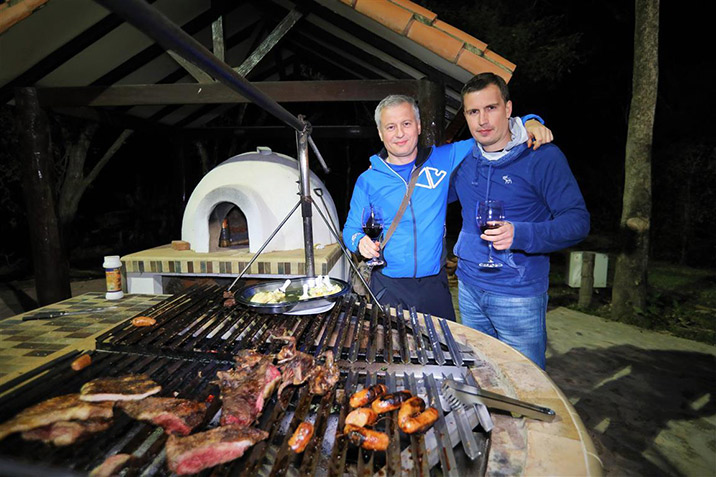 |
|
Siesta n the jungle can be very comfortable and, contrary to stereotypes, there are practically no mosquitoes, horseflies, midges and other bloodsucking which usually spoil the life of an angler. |
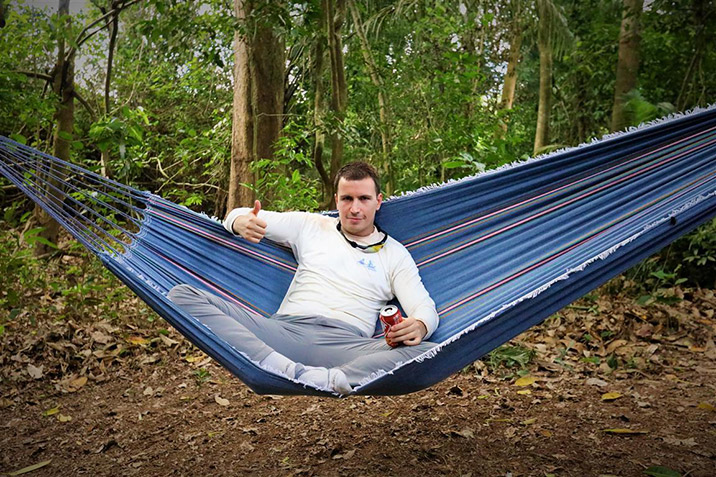 |
|
Along with the arapaima and piranhas, we caught various catfish species |
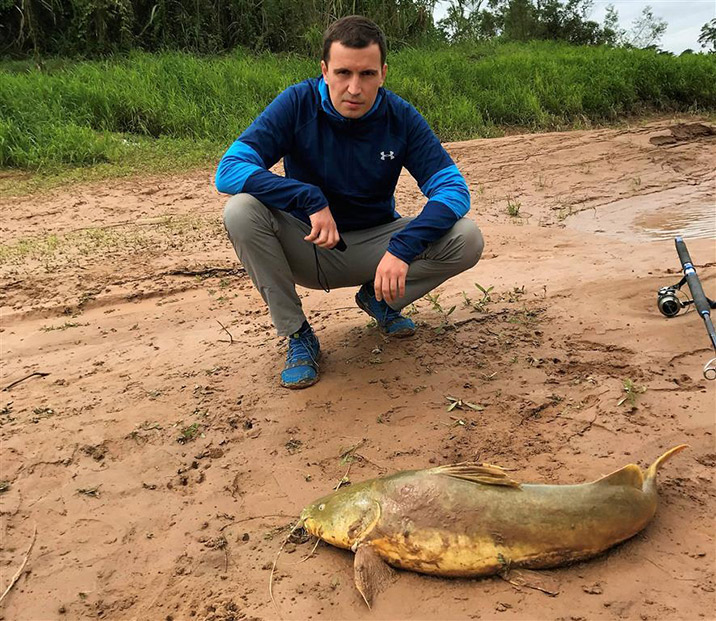 |
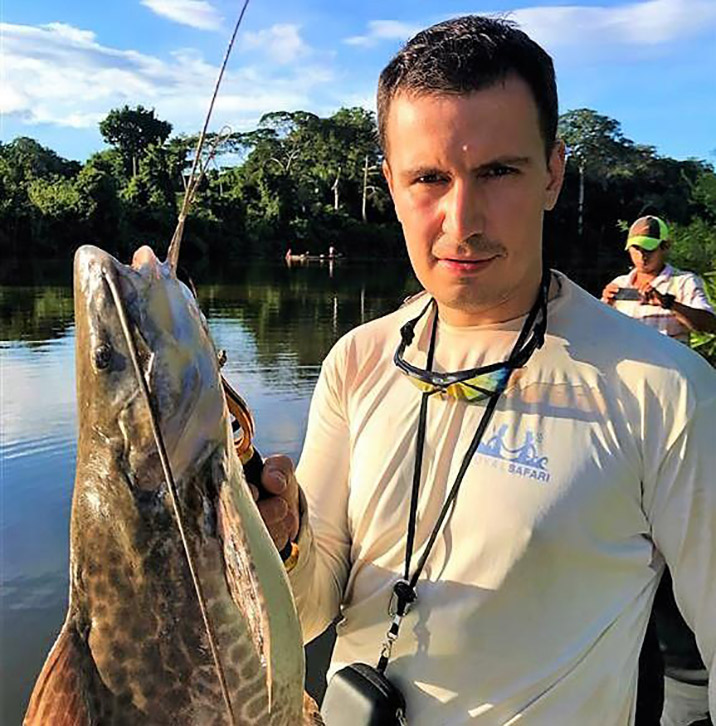 |
|
and pacu – the fish with “human” teeth which feeds on fruits and berries. Pacu baked on charcoal is another Amazonian delicacy, but this time, for those who prefer fish dishes. |
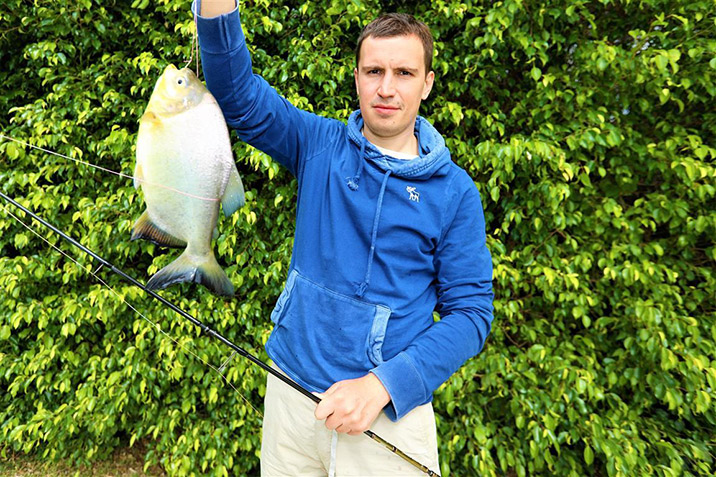 |
|
The four days of fishing were over and it was time for us to go hunting. Having said goodbye to the local guides and amazing nature, we went to the center of Bolivia where we were going to hunt for pigeons. |
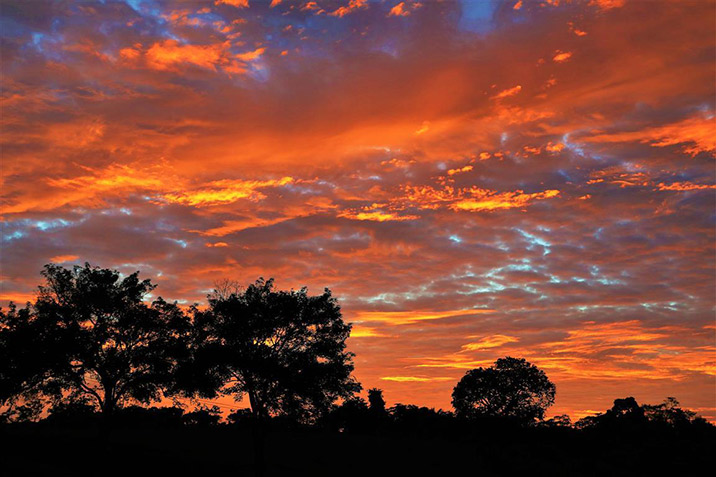 |
|
The lodge we were staying in during our hunting not only met the strictest international standards but pleasantly surprised us with its huge territory, original design, |
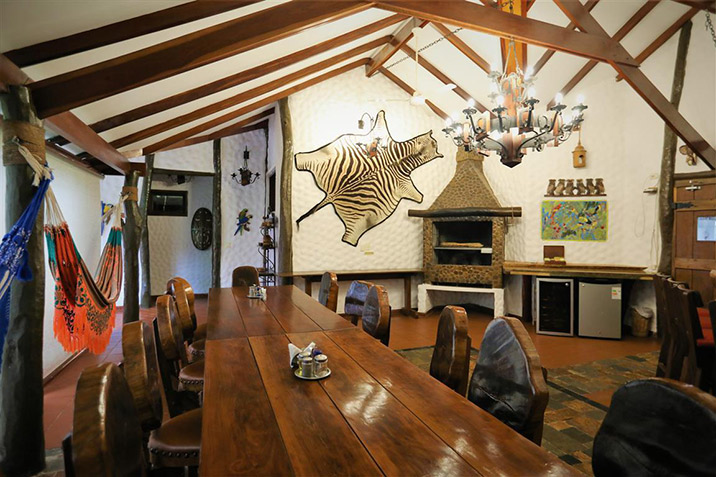 |
|
large swimming pool, |
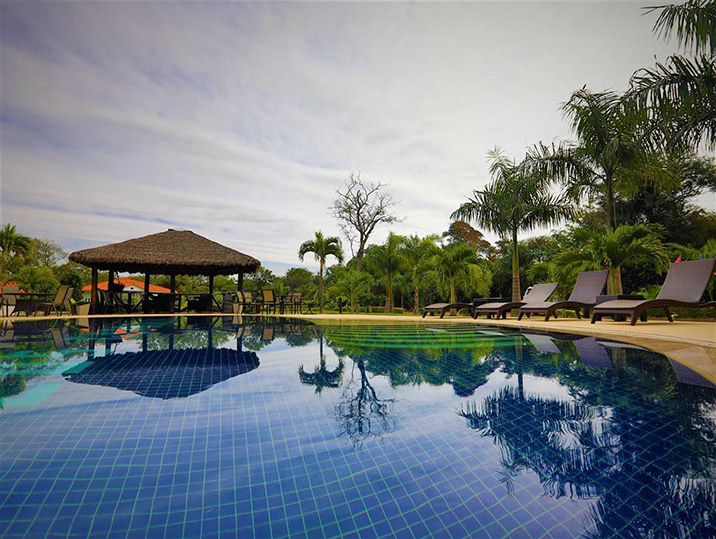 |
|
and even with its own brewery! |
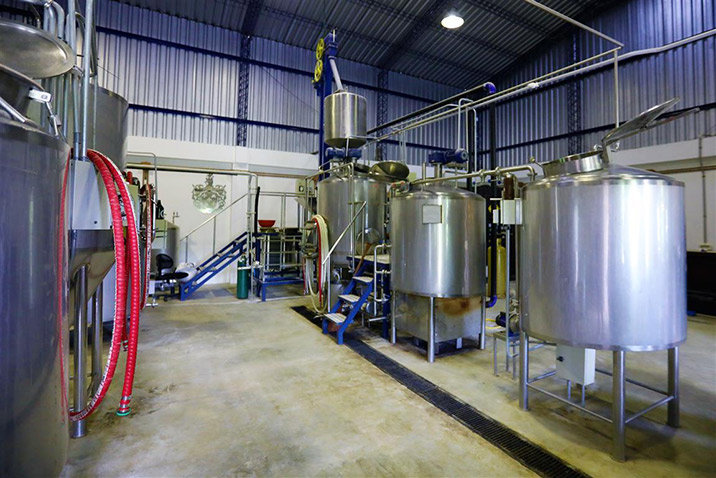 |
|
Many of you have probably heard about the hunt for pigeons in Bolivia (or Argentina), but reality surpasses all the expectations! Perhaps, it is the only kind of hunting in the world which gives you the opportunity to make as many shots as your shoulder will withstand! |
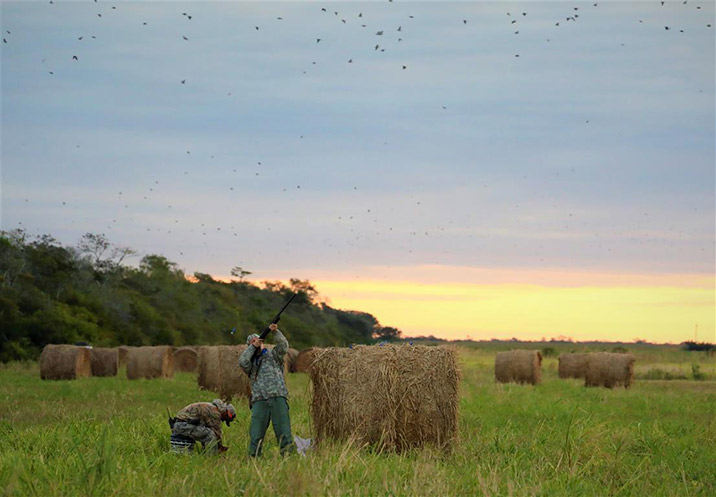 |
|
The guides charge the guns for you, so you can fully concentrate on hunting. When one gun is used, the barrel gets very hot, so usually each hunter has 2 guns of the 12th or 20th caliber at his disposal. |
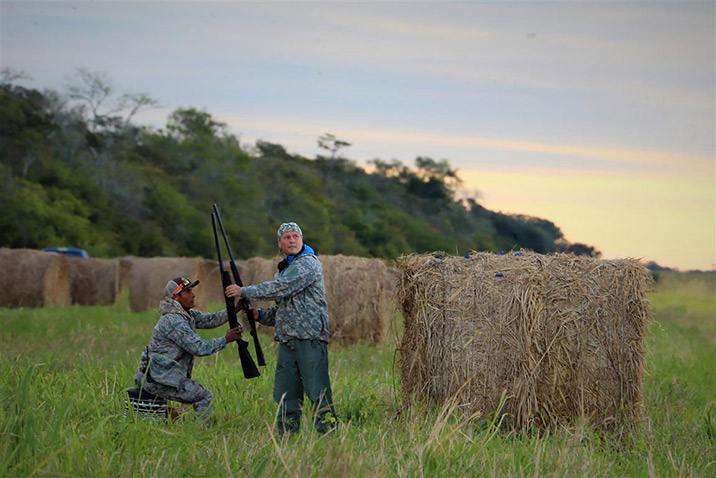 |
|
This hunt is very dynamic and emotional, but it seems to me that 2 days of such hunting is just enough, as hundreds of shots a day create a serious strain on the body and it is a little bit too much to hunt for 4-5 days in such a rhythm. |
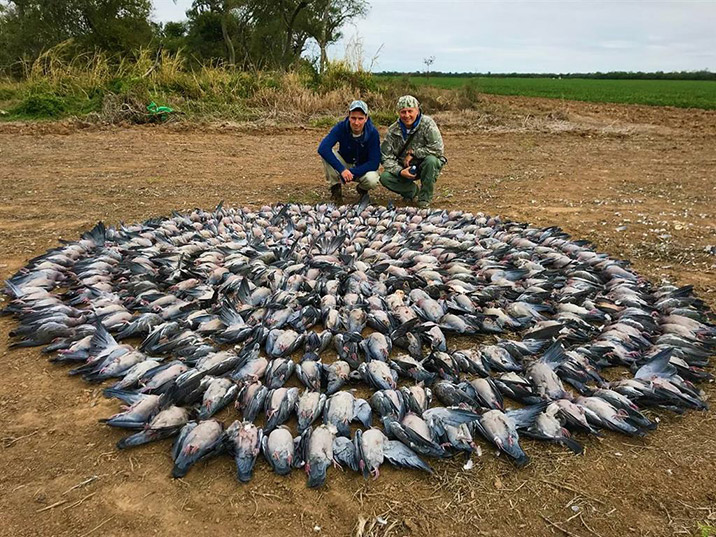 |
|
My favorite part of the hunting is the tasting of the competently cooked trophies. Pigeons which feed on corn and other grains taste delicious. By the way, the owners of the lodge send surplus trophies to orphanages, and the local peasants are happy to welcome hunters as hordes of pigeons destroy up to 30% of their crops. |
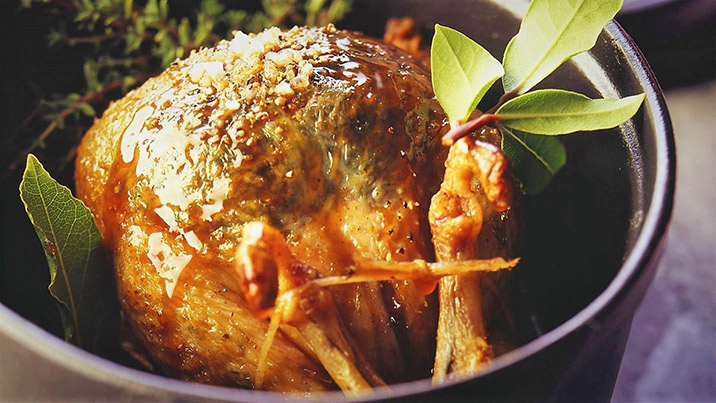 |
|
addition to fishing and hunting, Bolivia is rich in natural attractions, and there are excellent hotels, restaurants and nightlife in Santa Cruz. This country is a perfect place for diverse tours comprising comfort, wild nature and unique national character. |
 |
BOLIVIA FISHING AND HUNTING REPORT JUNE 10-17, 2018



















